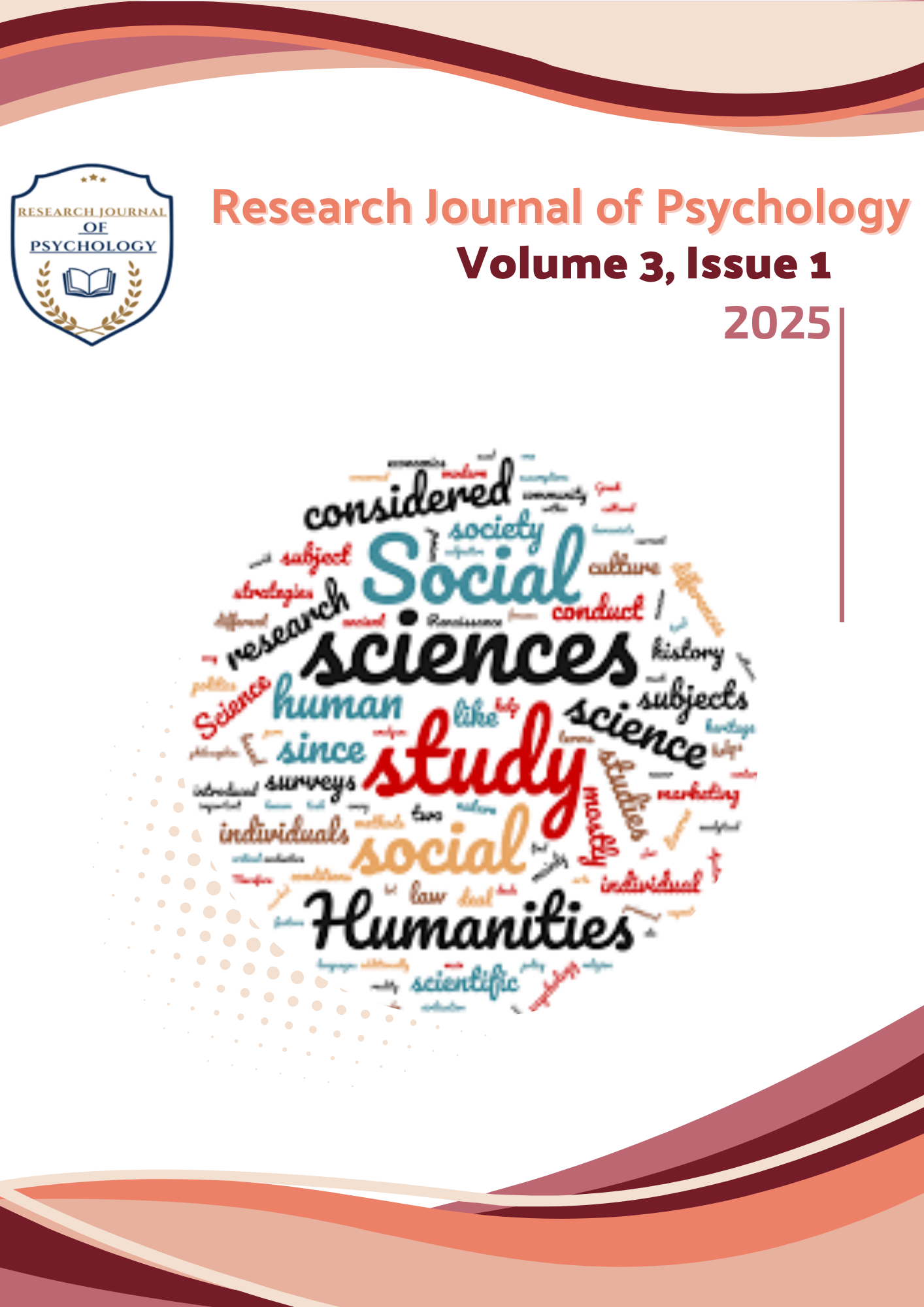Workplace Bullying and Burnout among Bankers: Resilience as a Mediator
DOI:
https://doi.org/10.59075/rjs.v3i1.87Keywords:
Bullying, burnout, resilience, Maslach Burnout Inventory, Negative Acts Questionnaire, Connor-Davidson Resilience ScaleAbstract
The banking industry, characterized by a high-pressure work environment and competitive standards, is increasingly witnessing issues of workplace bullying and burnout. This study aimed to investigate the mediatory function of resilience in the relationship between workplace bullying and burnout amid bank employees in Pakistan. A sample of 275 bank employees, comprising 139 males and 136 females, was selected through purposive sampling from banks in Islamabad and Rawalpindi. The results revealed a sufficient positive linkage between workplace bullying and burnout, indicating that higher levels of bullying lead to increased burnout. Furthermore, resilience was found to mediate this relationship, serving as a protective factor that mitigates the effects of workplace bullying on burnout. Notably, married bank employees exhibited higher levels of resilience compared to their unmarried counterparts. However, no significant differences in burnout were observed between male and female employees. These findings highlight the critical role of resilience in reducing the adverse impacts of workplace bullying, suggesting that fostering resilience in employees can be a valuable strategy to counteract burnout in high-stress sectors like banking.
Downloads
Published
How to Cite
Issue
Section
License
Copyright (c) 2025 Research Journal of Psychology

This work is licensed under a Creative Commons Attribution 4.0 International License.







